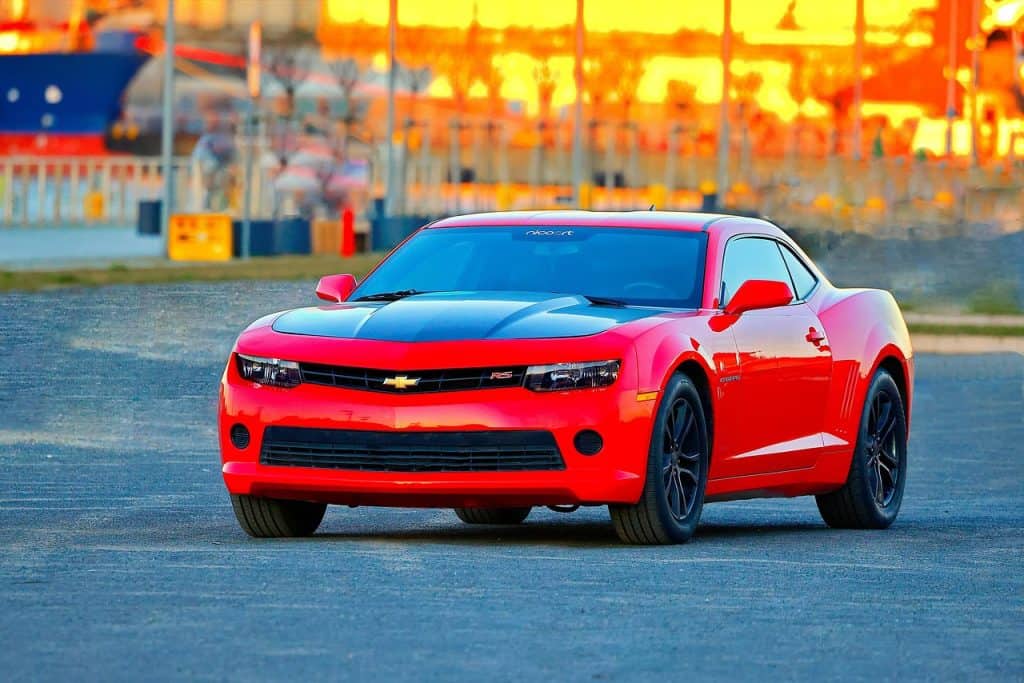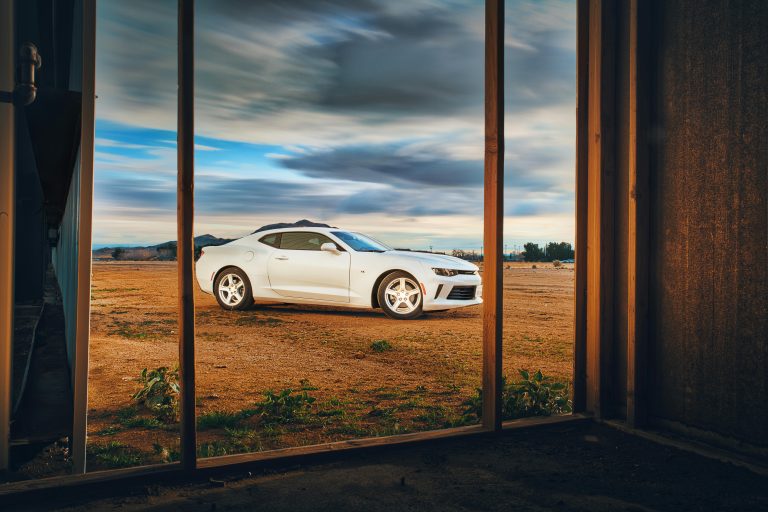Chevy Camero is a mid-size American car manufactured by Chevrolet, classified as a pony car. It first went on sale on September 29, 1966, for the 1967 model year and was designed to compete with the Ford Mustang. The Camaro shared its platform and major components with the Firebird, produced by General Motors’ Pontiac division, which was also introduced for the 1967 model year. There have been six generations of the Chevy Camaro. Production of the sixth generation of the Chevy Camaro ended in December 2023, but there is a version planned for 2027. Do you plan on buying one?
6 Generations of the Chevy Camaro

The first-generation Chevy Camaro debuted in September 1966. It was produced for the 1967 through 1969 model years on a new rear-wheel drive General Motors F-body platform as a two-door 2+2 in hardtop coupé and convertible models. The base engine was a 230 cubic inches inline-6, with a 250 cubic inches straight-six or 302 cubic inches, 307 cubic inches, 327 cubic inches, 350 cubic inches (5.7 L), and 396 cubic inches (6.5 L) V8s available as options.
Introduced on February 26, 1970, the second-generation Chevy Camaro was produced through the 1971 model year, with cosmetic changes made for the 1974 and 1978 model years. The car was restyled and became larger and wider with the new styling. Based on the F-body platform. It had a unibody structure, a front subframe, an A-arm front suspension, and leaf springs suspending a solid rear axle. The 1980 and 1981 Z28 models included an air induction hood scoop with an intake door that opened under full throttle. The RS SS package was dropped in 1972.
The third-generation Chevy Camaro was produced from 1981 until 1992, so it was available in 1982. These were the first Camaros to offer modern fuel injection, Turbo-Hydramatic 700R4 four-speed automatic transmissions, five-speed manual transmissions, road wheels, a standard OHV 4-cylinder engine, and hatchback bodies. The cars were nearly 500 pounds lighter than the second-generation model. The IROC-Z was introduced in 1985 and continued through 1990.
The fourth-generation Chevy Camaro debuted in 1993 on an updated F-body platform. It retained the same characteristics since its introduction in 1967: a coupé body style with 2+2 seating (with an optional T-top roof) or convertible (reintroduced in 1994), rear-wheel drive, pushrod 6-cylinder, and V8 engines. The standard engine from 1993 through 1995 was a 3.4-liter V6, then a 3.8-liter V6 was introduced in 1995.
The Chevy Camaro received a complete redesign and new platform in 2009 for the 2010 model year and fifth generation. Based on the 2006 Camaro Concept and 2007 Camaro Convertible Concept, production was approved on August 10, 2006. The Oshawa Car Assembly plant in the city of Oshawa, Ontario, Canada, began producing the new Camaro, which went on sale in the spring of 2009 as a 2010 model year vehicle.
On May 16, 2015, Chevrolet introduced the sixth-generation Chevy Camaro for the 2016 model year. The launch, complete with previous-generation Camaros on display, coincided with the vehicle’s 50th birthday. Using the General Motors Alpha platform shared with the Cadillac ATS, and manufactured at Lansing Grand River Assembly in Michigan, sales of the sixth-generation Camaro began in late 2015, starting with LT and SS models.
The Chevy Camaro has a racing history. It was one of the vehicles in the SCCA-sanctioned Trans-Am Series. Chevrolet worked with Roger Penske to operate their unofficially factory-backed Trans Am team, winning the title in 1968 and 1969 with Mark Donohue. Jim Hall’s Chaparral team replaced Penske for the 1970 season.
The Chevy Camaro was the official car used in the International Race of Champions starting in 1975 and continuing for twelve years until 1989. It was the first American car of the series. Camaros compete in drag racing, having won many championships, and can be currently found in several series from the National Hot Rod Association, International Hot Rod Association, and United States Hot Rod Association.
Road racing Camaros can currently be found in the Sports Car Club of America’s American Sedan series. They have also been used in the Swedish Camaro Cup series since 1975. They were the pace car at the Indianapolis 500 in 1967, 1969, 1982, 1993, 2009, 2010, 2011, 2014, and 2016. The Camaro also paced races at Daytona, Watkins Glen, Mosport in Canada, and Charlotte Motor Speedway.
Conclusion
Following the discontinuation of the Camaro in 2024, General Motors announced the return of the Camaro nameplate as an electric vehicle for the 2027 model year. General Motors has consistently made product placement, or embedded marketing, deals for the Chevy Camaro in numerous media. The vehicle mode of the fictional character Bumblebee in the 2007 film, Transformers, is first depicted as a 1976 Camaro and later as a fifth-generation concept variant. A modified fifth-generation Camaro reprises the role of Bumblebee in the sequels, Transformers: Revenge of the Fallen, Transformers: Dark of the Moon, Transformers: Age of Extinction, and Transformers: The Last Knight.







